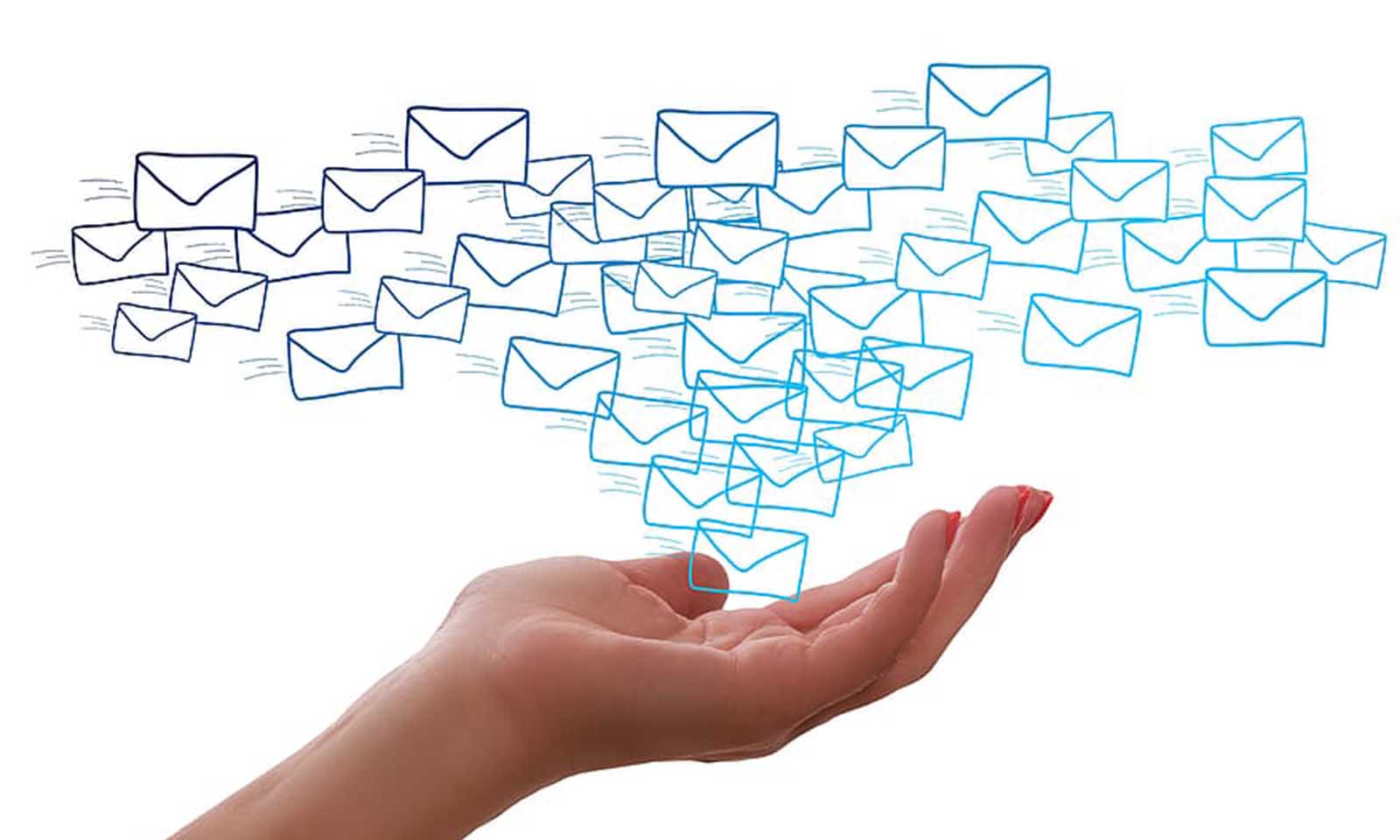At the beginning of an email, there are few choices: “Sir”, “Madam”, “Hello”… The important thing is to keep it simple and direct: pompous expressions, such as “Dear”, may arouse the mistrust of your interlocutor.
But what if you have repeated exchanges with the same person in the same day? Starting your e-mail with “Hello” would mean that you would have to pass her several times in the corridors and wish her good morning each time – enough to worry her about the state of your memory! The different media are not compartmentalized: if you have met or called someone before sending them an email, don’t say hello again. Some people on the Internet have expressed their displeasure at the misuse of this cold and soulless term. A contributory site, launched by Sébastien Desbenoit of the ThinkInnovation agency, aims to collect all the alternatives to “Cordially”. Why? Because this worn-out formula no longer elicits either goodwill or attention. Because our eyes glide over it without reading it. Because it does not bother to adapt to the recipient or the context.
In this respect, using a context formula – which will evolve with it – is particularly welcome: good day, good evening, good morning, bon appétit, good start to the week, very good weekend to all. There is no need to overdo it: banish excessive formulas that show off your great warmth. An “Excellent day” or “Many thanks” will only be read with caution. “I thank you” is sincere – and involves you. The form of the content must be neat. Keep your letters short, concise and to the point. If the message needs to be longer, it is necessary to structure it to facilitate understanding. Tip: Divide each idea into a paragraph and use bullets and short sentences. The length of the text being one of the most prohibitive elements to read. The use of exclamation marks, interrogation marks and suspension marks in profusion is to be prohibited because it communicates emotions. So is the use of capital letters, which makes the writer seem to be shouting.
In the case of a conflict, e-mail can really be used as a weapon, often with the desire to copy the whole world in order to support one’s message. When you send an offensive message in writing, be aware that the reader will want to justify himself or herself and this can lead to an escalation of unproductive emails and a “ping-pong” effect. Writing leaves its mark and if you are aggressive, it can backfire. Moreover, needless to say, underlined red bold is to be avoided because it is very aggressive and plunges the reader into an immediate posture of irritability. The rapid reception of a message gives the impression that it must be replied to immediately. However, responding to an e-mail may require detailed and thoughtful feedback. On the other hand, leaving a question unanswered gives the impression that the message has not been taken into account, and can generate a lot of annoyance.
When you know the recipient well, you tend to drop the usual formulas and resort to subtleties, innuendos, or even “private jokes”. However, it is good to remember that the recipient is a colleague or a client and that, in this context, you must respect certain courtesies: “please”, “thanking you” and ending with “yours”, for example. In a professional email, you will never err on the side of courtesy. “It’s me”, “Hi”, “Cuckoo”. Avoid these labels that do not provide any information on the content of your mail. Without a clearly identified purpose, there is little chance that employees will open your email, or even put it directly in the trash. Because, contrary to what one might think, these interjections do not attract the attention of your recipients.
As a general rule, a recipient skims through his emails to identify the 2 or 3 essential pieces of information before opening the next one. Write your emails accordingly, structuring your message in short paragraphs that will repeat your key points. Bulleted and numbered lists can be a good option. You can also italicize, bold or underline important information, but don’t overdo it, as this could have the opposite effect. Large blocks of text are prohibitive. Choose a classic font (Arial, Calibri, Times New Roman), a reasonable font size (10 or 12 points) and a neutral colour (black or dark blue). The sobriety of the font will allow a fluid and efficient reading.
The e-mail should be short, so as not to discourage the reader (ten to 15 lines maximum). If you need to attach documents (photos, brochures, etc.), pay attention to their weight. Above 2 MB, the email runs the risk of not being delivered. So optimize your documents to make them as light as possible (resize photos and compress others). Otherwise, send multiple emails with different attachments or find another way to get them to your recipient. Before sending, take the time to proofread your email, if only to correct typos and spelling mistakes, and to take a step back from the content. Easy to write and easy to send, e-mail can make you react very quickly, at the risk of regretting your spontaneity later. If, for example, your recipient misinterprets your words or if they are formulated under the influence of emotion. Smileys are very useful in this case to nuance your sentences.
Omit the greeting at the end of the email: To avoid ending too abruptly, opt for a short formula such as: ‘Yours faithfully’, ‘cordially’, ‘with my thanks’, ‘greetings’. No signature: The end of your email should include your complete business card in order to give your interlocutor all the information he might need. Your company name, surname, first name, position, email address and telephone number are a minimum.



